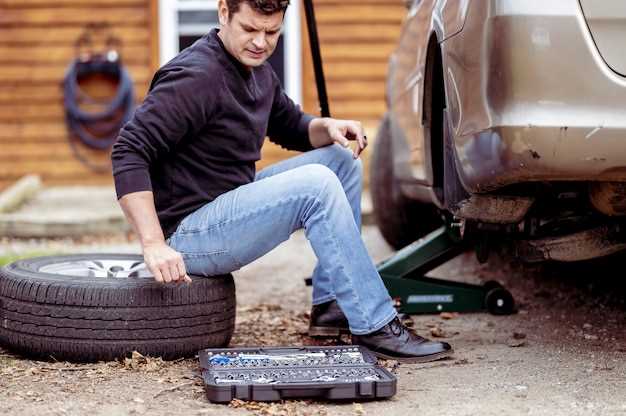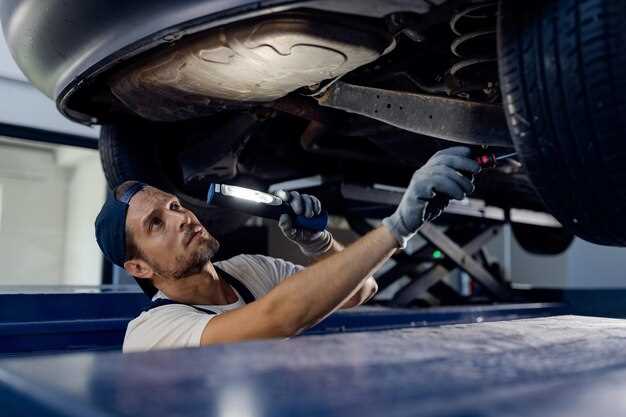
In the world of racing, durability and performance are paramount. The suspension system plays a critical role in how a vehicle handles the track, making it essential for racers to prioritize its maintenance. A well-maintained suspension not only enhances traction and stability but also contributes to the overall efficiency of the race car. To achieve optimal performance, understanding the intricacies of race suspension systems is key.
Regular maintenance of race suspension systems involves a thorough inspection of various components, including shocks, springs, and bushings. Each part must be assessed for wear and tear, as even minor issues can lead to significant decreases in performance. By ensuring that these systems are in top condition, racers can improve their ability to navigate corners and react to track conditions, leading to faster lap times and a competitive edge.
Ultimately, a commitment to enduring durability within race suspension systems can mean the difference between victory and defeat. As teams invest time and resources into maintaining their vehicles, understanding the best practices for suspension upkeep becomes indispensable for any serious racer looking to excel on the track.
Choosing the Right Components for Your Race Suspension Setup

Selecting the right components for your race suspension setup is crucial for achieving optimal performance on the track. Each element of the suspension system plays a significant role in handling, stability, and overall driver experience. Begin with the springs; their rate and length must be carefully chosen based on the vehicle’s weight distribution and intended use. Stiffer springs provide better support during high-speed cornering, while softer springs enhance comfort on uneven surfaces.
Dampers, or shock absorbers, are another vital aspect of suspension performance. When selecting dampers, consider their rebound and compression settings. Adjustable dampers allow for fine-tuning, enabling racers to customize the response to varying track conditions. Look for dampers designed specifically for racing, as they typically offer a wider range of adjustability and improved materials over standard options.
Furthermore, sway bars and anti-roll bars contribute significantly to cornering stability. Choosing the appropriate diameter and stiffness for these components can minimize body roll and enhance grip during turns. Specific adjustments can help maintain balance between the front and rear, allowing for more precise handling characteristics.
The type of suspension geometry is also important. For instance, double-wishbone suspensions offer better wheel control and camber during cornering compared to MacPherson struts. Evaluate your racing style and track types to decide which geometry aligns best with your performance goals.
Lastly, consider the importance of compatible components. Ensure all parts of the suspension work harmoniously together, including bushings, mounts, and brackets. Using high-performance materials, such as aluminum or reinforced composites, can reduce weight while increasing strength and durability.
By carefully selecting and integrating these components, you can tailor your race suspension system to achieve the desired balance, responsiveness, and performance essential for competitive racing.
Routine Inspection and Maintenance Checklist for Race Suspensions
Regular inspection and maintenance of race suspension systems are vital for ensuring optimal performance and durability during competitive events. Adhering to a systematic checklist will help identify potential issues before they become critical failures.
1. Visual Inspection: Begin with a thorough visual assessment of the suspension components. Look for any signs of wear, damage, or leaks in shock absorbers, bushings, and mounting points. Pay special attention to cracks and corrosion that might compromise the integrity of the system.
2. Check Suspension Height: Measure the ride height to ensure it aligns with the specified race settings. An incorrect height can affect handling and overall performance. Adjustments should be made as necessary to maintain optimal geometry.
3. Inspect Shock Absorbers: Test the shock absorbers for performance. Check for proper damping and rebound characteristics. If they feel mushy or exhibit excessive leakage, replacement or recalibration may be required.
4. Examine Springs: Inspect the springs for any signs of sag, fatigue, or cracks. Ensure that they maintain their preload and provide the appropriate stiffness for your racing setup. Replacing worn springs is crucial for maintaining the desired handling characteristics.
5. Check Bushings and Joints: Examine all bushings and joints for any signs of deterioration or excessive play. Worn bushings can lead to misalignment and adversely affect the suspension’s responsiveness. Replace any components that show signs of wear.
6. Inspect Alignment: Regularly check the wheel alignment to ensure that it is within the specified parameters for racing. Proper alignment can significantly impact tire wear and vehicle handling during high-speed maneuvers.
7. Assess Anti-Roll Bars: Inspect anti-roll bars for bending or damage. Ensure that all mounting hardware is tight. A properly functioning anti-roll bar can enhance cornering stability and overall performance.
8. Lubrication: Apply appropriate lubricants to moving parts as specified by the manufacturer. Proper lubrication reduces friction and wear, thereby enhancing durability and longevity of suspension components.
9. Documentation: Maintain a detailed log of all inspections and maintenance performed. Tracking the condition and service history of your race suspension provides insight into performance trends and potential issues over time.
By following this comprehensive inspection and maintenance checklist, racers can ensure that their suspension systems deliver reliable performance and durability, essential for success on the track.
Tuning and Adjusting Suspension Settings for Different Race Conditions

Proper tuning and adjustment of the suspension settings are critical for achieving optimal performance in various race conditions. Each track or environment presents unique challenges that require a tailored approach to suspension setup. Understanding how to modify your suspension can significantly enhance both speed and durability.
On slick surfaces, such as wet tracks, softer suspension settings can increase tire contact with the ground, improving grip. Lowering the rebound rate allows the tires to stay in contact longer, which can prevent loss of traction. Conversely, on aggressive, uneven terrain, stiffer settings help maintain control. A firmer suspension reduces excessive oscillation and keeps the car stable, ensuring durability against rough conditions.
When tuning for high-speed circuits, the focus should be on reducing body roll and maintaining aerodynamic stability. A stiffer setup helps achieve this, allowing the vehicle to maintain a low center of gravity and better handling at high speeds. Adjusting the compression settings also plays a role in managing weight transfer; too much compression can lead to loss of control, while too little can result in sluggish response.
In addition, it’s essential to consider the weight distribution of the car. Fine-tuning suspension settings according to the car’s balance enhances performance. For example, a front-heavy car may benefit from softer rear suspension to improve cornering ability and overall stability. Monitoring tire wear patterns during practice sessions helps provide insights into necessary adjustments for maintaining optimal durability.
Ultimately, continuous testing and iteration are necessary to find the ideal suspension setup for each unique racing scenario. By carefully adjusting the settings based on track conditions, drivers can maximize both performance and durability, giving them a competitive edge in each event.



